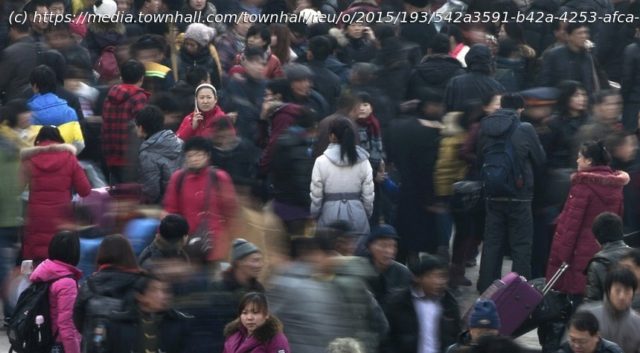Array
China is no longer the most populous nation in the world. In 2022 its population declined for the first time in 60 years and by the middle of 2023, India had surpassed it. For decades, China did everything it could to keep its population low. It introduced the one-child policy in 1979 and stuck with it until 2016. The result was an entire generation with far more men than women and a birthrate far below the replacement level. But at some point, China decided it wanted to reverse this decline as its population was aging. So far those efforts seem to be failing. China’s population declined again last year.
Chinese women have been shunning marriage and babies at such a rapid pace that China’s population in 2023 shrank for the second straight year, accelerating the government’s sense of crisis over the country’s rapidly aging population and its economic future.
China said on Wednesday that 9.02 million babies were born in 2023, down from 9.56 million in 2022 and the seventh year in a row that the number has fallen. Taken together with the number of people who died during the year — 11.1 million — China has more older people than anywhere else in the world, an amount that is rising rapidly. China’s total population was 1,409,670,000 at the end of 2023, a decline of two million people, according to the National Bureau of Statistics.
The shrinking and aging population worries Beijing because it is draining China of the working-age people it needs to power the economy. The demographic crisis, which arrived sooner than nearly anyone expected, is already straining weak and underfunded health care and pension systems.
A decline of two million isn’t much when you’re talking about a total population of 1.4 billion. China’s real problem is that there is every reason to believe the decline is going to accelerate in the coming years.
The official end of Beijing’s one-child policy in 2016, however, has not led to a rise in births, despite cash incentives and tax cuts for parents. The country’s fertility rate rose slightly around that time, but has fallen since, according to data from the United Nations: from around 1.7 children per woman, on par with Australia and Britain, to around 1.2, among the lowest in the world. That recent drop could be a result of unreliable data from China or a technical effect of delays in childbearing, but it likely also reflects a combination of various pressures that have mounted in the country over time.
Even though they are now allowed to, many young Chinese are not interested in having large families.
Home
United States
USA — China China's Population Declines Again Despite Its Best Propaganda Efforts






